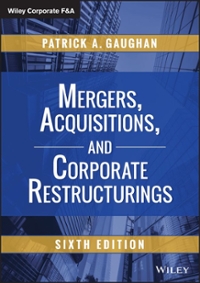Question
1)Go back and assume the basic information from part 1 above---no inheritance and no employer contributions.Now assume that the inflation rate is 2%.Consequently when your
1)Go back and assume the basic information from part 1 above---no inheritance and no employer contributions.Now assume that the inflation rate is 2%.Consequently when your friend retires she will want to withdraw $90,000 each year in today's dollars.What amount is she planning to receive in year 31 (the end of her first year of retirement)?
1)How much does she need to have in retirement at the end of year 30 in order to receive her retirement payments assuming that these retirement payments continue to increase at 2% per year throughout her retirement?
2)If she starts making deposit amounts in one year and makes equal deposit amounts each year and makes her last deposit on the day she retires, what amount must she deposit annually to be able to make the desired withdrawals at retirement?
3)If she starts making deposit amounts in one year and her deposits increase at the inflation rate of 2% each year until she makes her last deposit on the day she retires, what amount must she initially deposit to be able to make the desired withdrawals at retirement?
Step by Step Solution
There are 3 Steps involved in it
Step: 1

Get Instant Access to Expert-Tailored Solutions
See step-by-step solutions with expert insights and AI powered tools for academic success
Step: 2

Step: 3

Ace Your Homework with AI
Get the answers you need in no time with our AI-driven, step-by-step assistance
Get Started


